At #11: A visit to Cobá
Somehow I had to pass this Maya site several times, before I – just recently – would bring Cobá its deserved visit. I don’t even remember why, but somehow I always had other travel plans on the beautiful peninsula of Yucatán.
As a result I had Cobá on my wishlist forever & finally found the time to explore this unique Maya site just recently (January 2024).
Lucky me, because Cobá is a unique place to visit. A beautiful place to my ever growing list of Maya sites visited. Historical places visited so far in Mexico, Guatemala & Honduras.
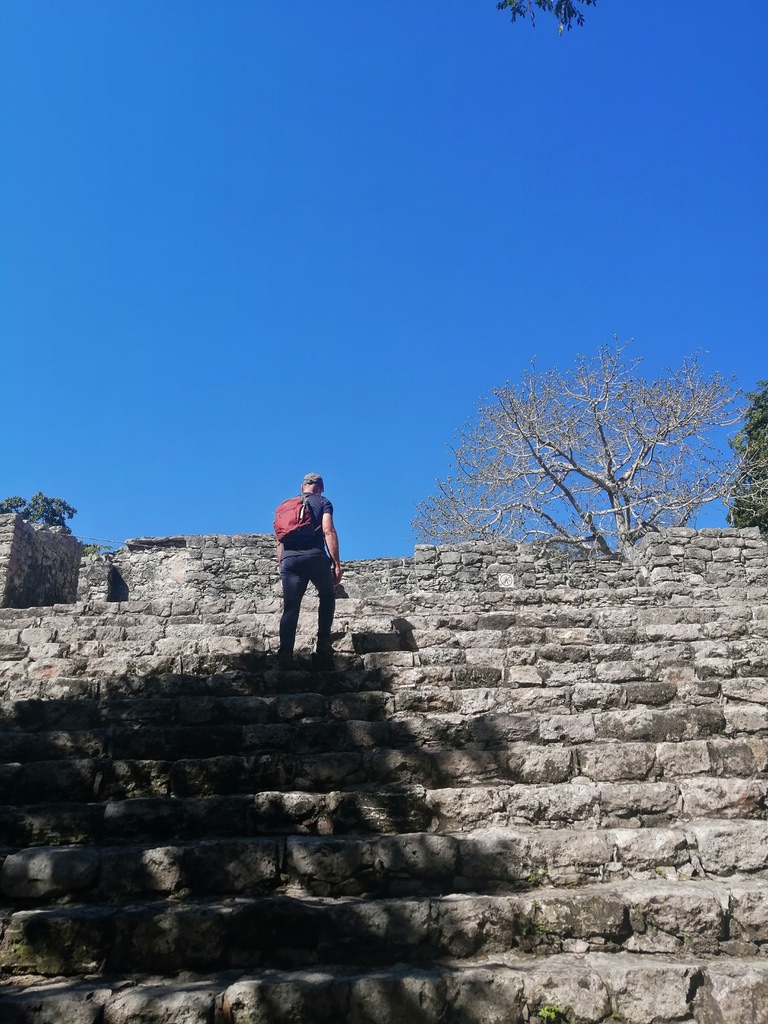
Before you read on
- IMPORTANT: Throughout this post you’ll find affiliated links provided by affiliate marketing platforms like Viator, GetYourGuide, Expedia & others. Links & ads that may help you plan your next trip to Paris.
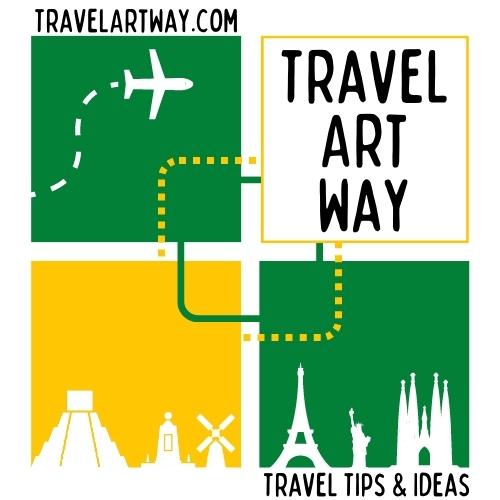
A short history of Cobá
Cobá had its heydays during the Classical Period (250-900 AD). Ruling over a large area, the city was connected with all the important neighbouring cities on the peninsula, like Ek Balam and Yaxuná. But had also comercial connections with the bigger Maya centers farther away, like the rivaling cities of Tikal & Calakmul. As well as the central Mexican (non-Mayan) city of Teotihuacán.
- Cobá was probably first settled around before 50 BC. Soon it would grow out to be the major city in the area. The name means “stirred water”, which has everything to do with the presence of several lagoons around the city – the two major ones being the Lago Cobá & the Lago Macanxoc.
The many roads leading to & from the central area of Cobá to other nearby Maya cities are still visible today. A unique characteristic which you’ll notice soon enough when you visit Cobá.
- The typical elevated stone & plaster roads in Mayan were called sacbe’ob – the plural form of sacbé – meaning literally “white road”. The longest road found so far led to the Maya site of Yaxuná, at about 100km/ 62mi distance.
Besides these former Maya highways, Cobá still houses many stelae, typical of the Classical era.




Impressions of the stelae still standing in Cobá. Because of the stone type used, the stucco figures & inscriptions are partially illegible. However, protection & interpretation of what is left is still going on.
Decline of Cobá
During the Late Classic Cobá little by little had to surrender its status to new powers on the peninsula, like Uxmal and more so to nearby Chichén Itzá. The last city, whose flowering period started around 900 AD, converted itself soon enough into a real metropolis.
- In contrast to other Classical cities – like Tikal, Palenque & Copán – Cobá wasn’t left to ruin after 900 AD. Ruled over by other cities, like Chichén Itzá, there are signs the city may even have been sparsely populated during the first half of 15th century. The time when the first Spaniards appeared in front of the Mexican coast.
Rediscovery of Cobá
The famous adventurers John Lloyd Stephens & Frederick Catherwood were the first who mentioned the city to their (foremost) Western audience.
- They visited the Maya region twice between 1839 and 1842, visiting tens of Maya sites, big & small. Describing them in two beautifully written & illustrated 2-volume travelogues. (To learn more about them, go to: Introduction to Stephens & Catherwood)
However, as they at the time considered the area too wild & dangerous, they didn’t visit Cobá. Instead they travelled by sea to Tulum.
The first visitor to explore & describe the site extensively was the North American Thomas Gann (in 1926). An archeologist connected to the Carnegie Institute of Washington, an organization which during the first half of the 20th century was very active in the Maya area. Other experts would soon follow.
From the 1970s the Mexicans themselves took over. Not only exploring & researching the site, but also to open it up to interested visitors & tourists.
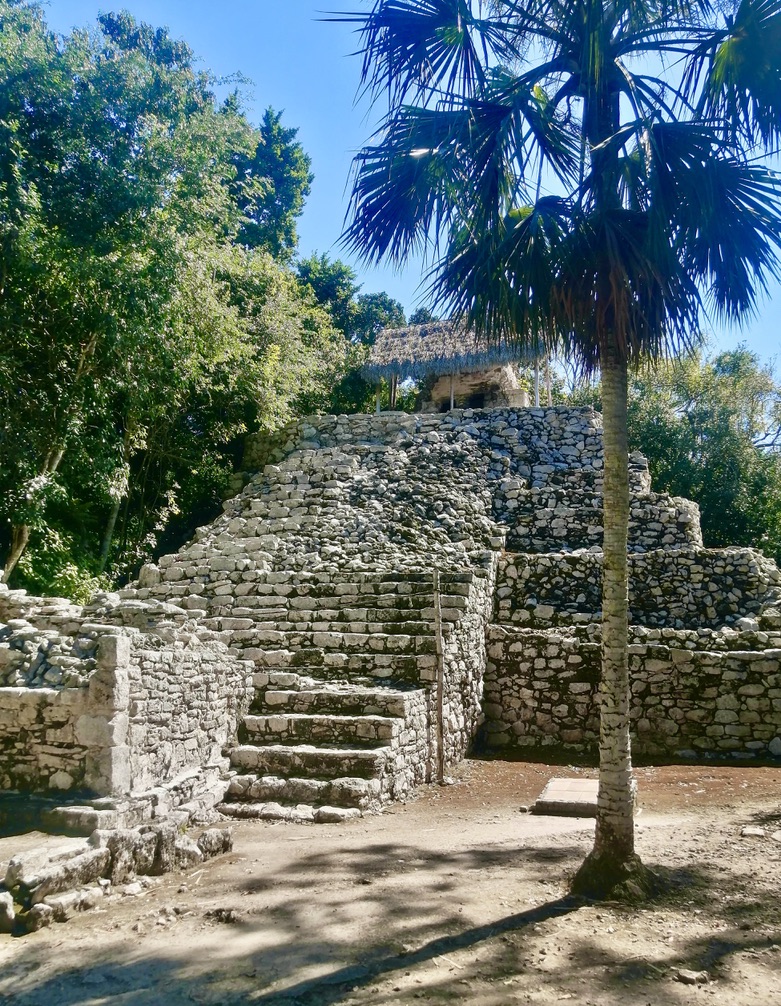
A visit to Cobá
When you visit Cobá you’ll notice there are three main temple groups to visit. That is, the groups that are explored & largely restored. (Only a small portion of the city has been excavated so far).
To visit them all you have to walk quite a distance. Or else, rent a bike or pedicab.
- To get an idea: we visited every group, exploring them all to the fullest & walked almost 6km/ 3.7mi.
Partially the roads you’ll follow walking or biking are the authentic ones – the so-called sacbe’ob.
The three major Temple Groups to visit in Cobá
Grupo Cobá
The largest group of restored temples you’ll find in this group, el Grupo Cobá. It’s located nearest to the entrance & really a beautiful start of a unique journey through this Maya-site.
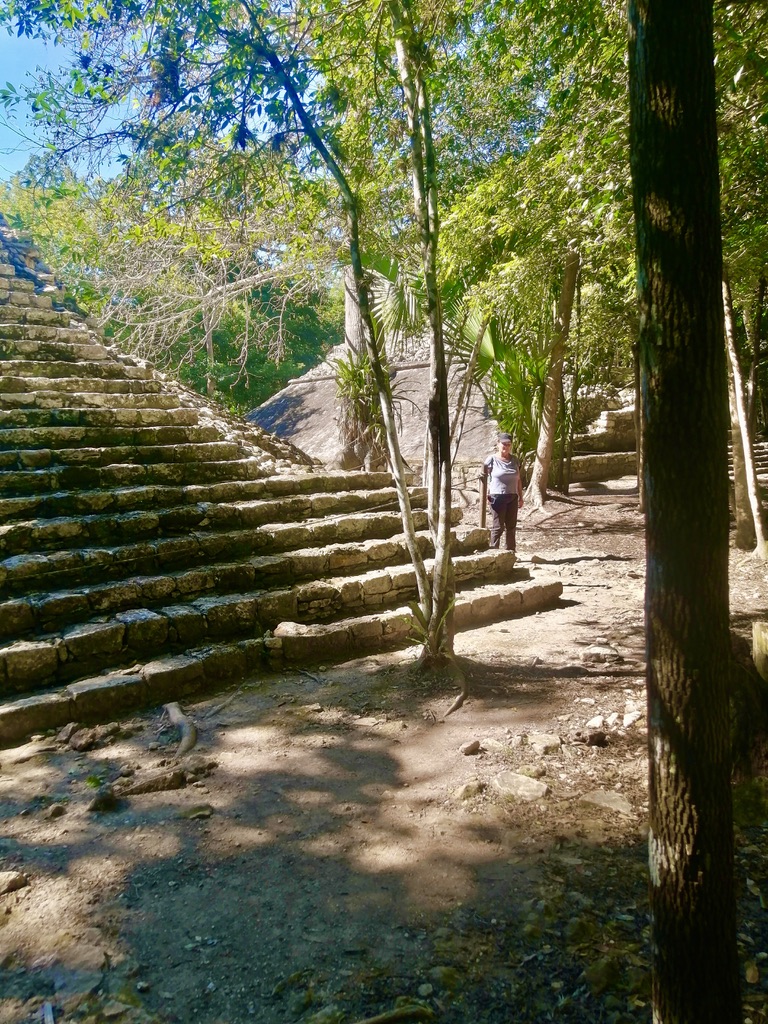
- Cobá was built around several lakes, of which the Macanxoc & the Cobá are the biggest ones. The first one – just to the South of the Cobá group is hidden from view because of the vegetation, while the Cobá Lake is located just outside the entrance gate.
Grupo Nohoch Mul
Withing this somewhat smaller group you’ll find the tallest construction of Cobá – the Ixmoja pyramid (42m/138ft).
- Until recently this pyramid provided climbing visitors the most beautiful views of the surrounding area, including the neighbouring Macanxoc lake. However, from 2020, it’s no longer possible to climb the stairs of this temple.

- Climbing pyramids is forbidden in almost every Mexican Mayasite nowadays. Partially understandable – wear & tear of the temple steps + to avoid accidents – but also a shame. Mainly, because it’s a unique experience to stand on the highest platform of Palenque’s Temple of the Inscriptions or the Kukulcán pyramid of Chichén Itzá.
- There are few exceptions to this rules, like the highest temple of Ek Balam – which I recently climbed anew (see my Ek Balam post). And also the highest pyramid of Calakmul – actually the highest Maya temple on the peninsula (45m/ 148ft) – which I “conquered” a few years ago.
- Fortunately, in neighbouring countries – which were & are part of the Mundo Maya – you can still climb most Maya pyramids, like in Guatemala (Tikal), Honduras (Copán) & Belice (like Xunantunich). Again, unique experiences.
Grupo Macanxoc
When you visit this last major group of Cobá you’ll automatically end up on an authentic Maya “white road” or sacbé. In this case the sacbé #9 which takes you little by little up to a higher level.
In this part we found the most steles which probably indicates that this part of Cobá had a more ceremonial function than other parts.
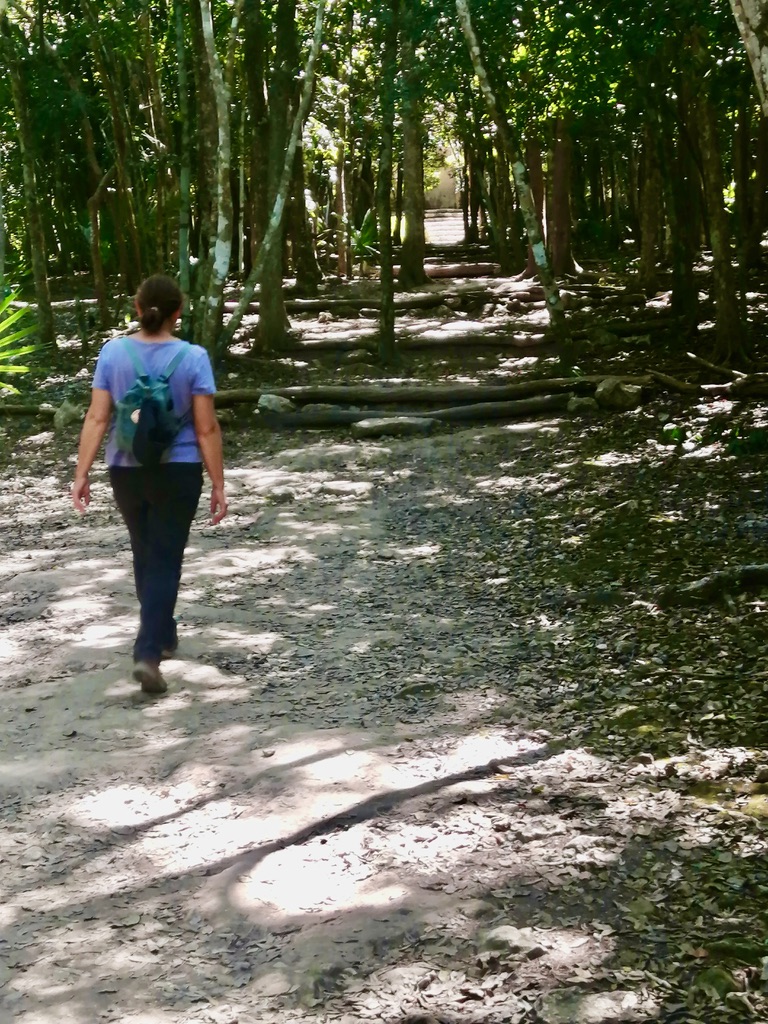
Because there were few people here, it was the most mysterious part of the city for me.
- For the same reason probably we spotted here – for the first time – the Turquoise-browed Motmot. A beautiful bird, typical of Yucatán & big parts of Central America.
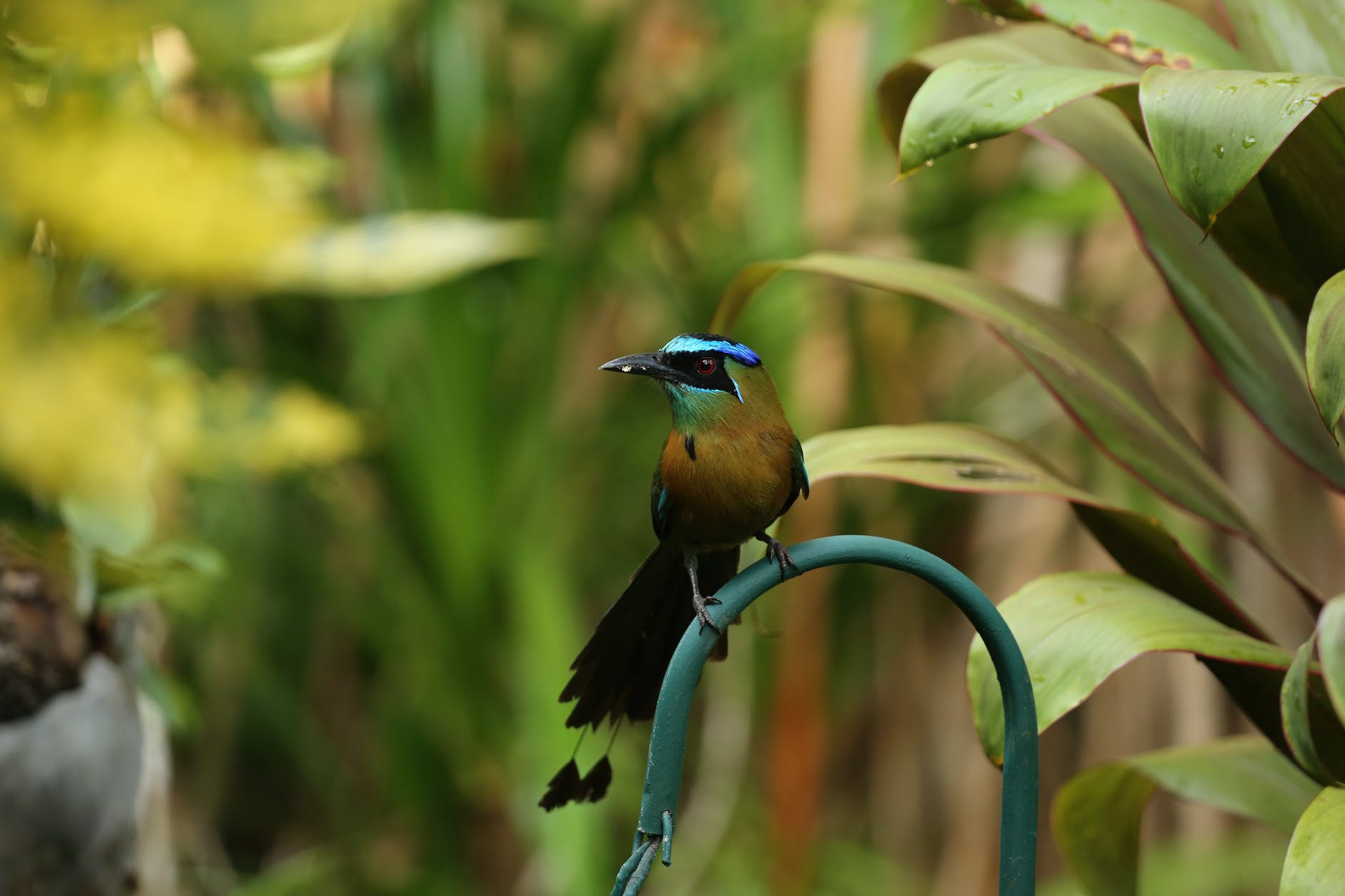
Visit Cobá – Getting there
It’s easy to reach the Maya site of Cobá, located midway along the highway connecting the popular seaside town of Tulum & the city of Valladolid – 45 minutes each way.
- Tulum itself is mainly known for its Maya ruins overlooking the blue Caribbean Sea, but also very popular with beach & sun worshippers. As well as, young tourists who mainly want to have fun around the beach.
- Valladolid is an authentic Mexican – or better Yucatec – city with its own unique vibe. Including several attractive hotels, good restaurants & exclusive souvenirs shops. Main reason why every year more & more visitors include at least one overnight stay there.
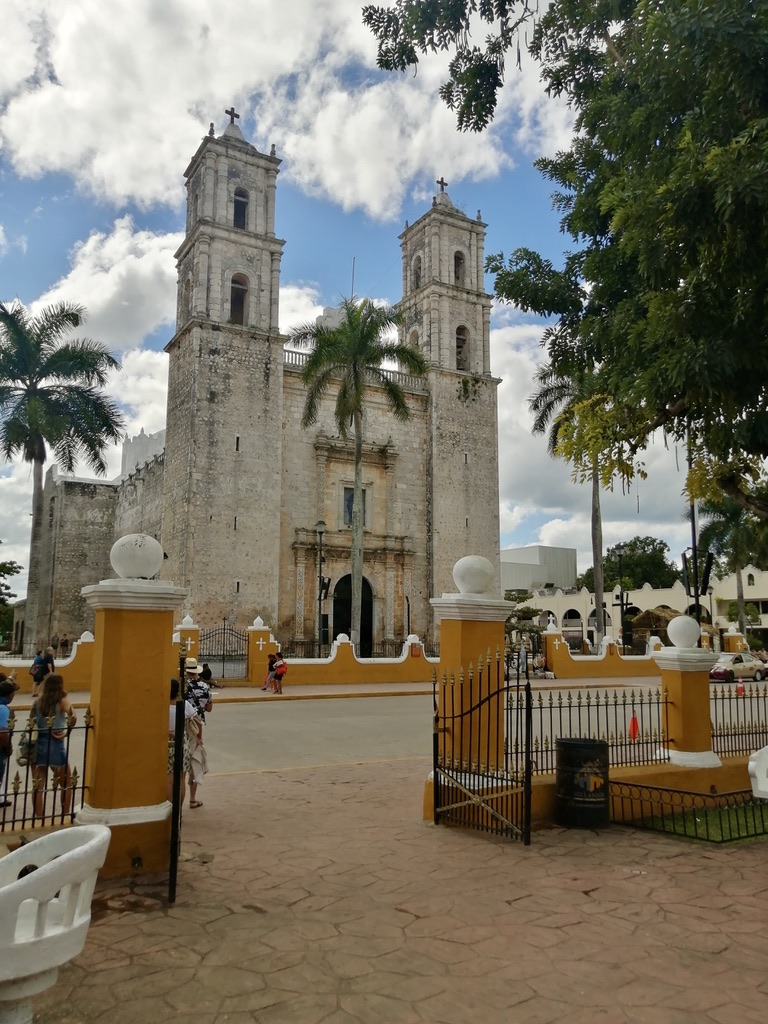
Visit Cobá – On a Tour
You can hire a guide at the entrance gate, speaking the major languages of the world (besides Spanish, generally English, and sometimes also French or German).
- The cost of a guided tour logically depends on your wishes – and also if you simultaneously hire a bike or pedicab – but you may take $30 an hour as an average price.
Alternatively, you can include a visit to Cobá in a tour. A well organised tour from the most popular tourist places around, like Cancún, Playa del Carmen, Tulum, or even Mérida.
Generally these tours combine a guided tour of Cobá with a visit to other attractions on the way. It may be another Maya site, like the world famous Chichén Itza, a natural park or else, a crystal clear cenote.
- There are 3 smaller cenotes near Cobá which seem directly related to the Maya site: Tamcach-Ha, Choo-Ha & Multun-Ha. We visited the last two and besides beautiful, they were heavenly & refreshing.




Me, taking a dive in the cenotes near Cobá, Yucatán, Mexico.
For more info about some of the tours mentioned, click on the (coloured) names below:
- A guided visit to Cobá (including the entrance ticket & the use of a bike, if you wish)

- From Cancún (combining your visit to Cobá with the Maya site of Tulum + Cenote + Lunch)
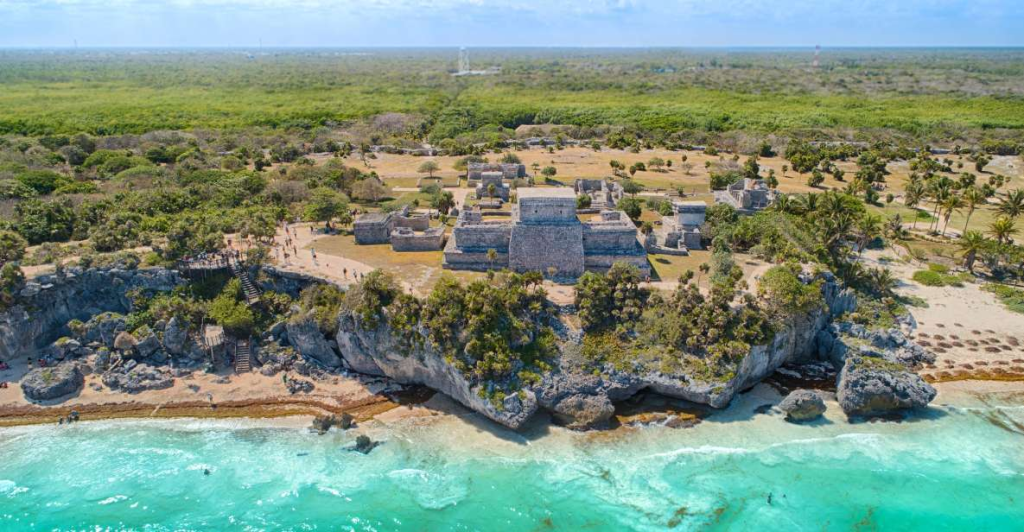
- From Playa del Carmen (also including a visit to the Maya site of Tulum + Cenote + Lunch)
- From Tulum (including a visit of the Punta Laguna Nature Reserve + Cenote + Lunch)

- Or else, from Mérida (again including a visit to the impressive Tulum Maya site + Lunch)
Visit Cobá – Where to stay?
In Cobá itself
If you want to visit Cobá as early as possible – before the crowds come in – it’s best to stay in Cobá. There are several options, but the best choice is the midrange hotel Kaab Coba.
The Kaab Coba is located next to the ruins, has several restaurants & a big swimming pool. “Affordable luxurious“, I’d say.
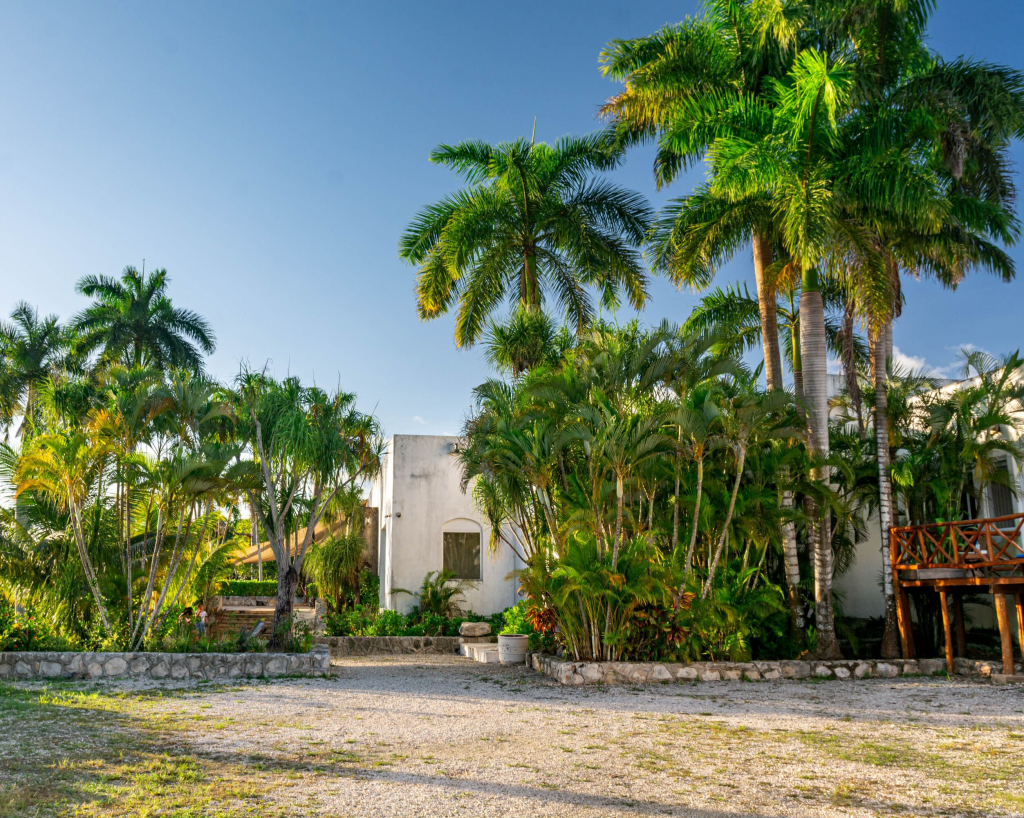

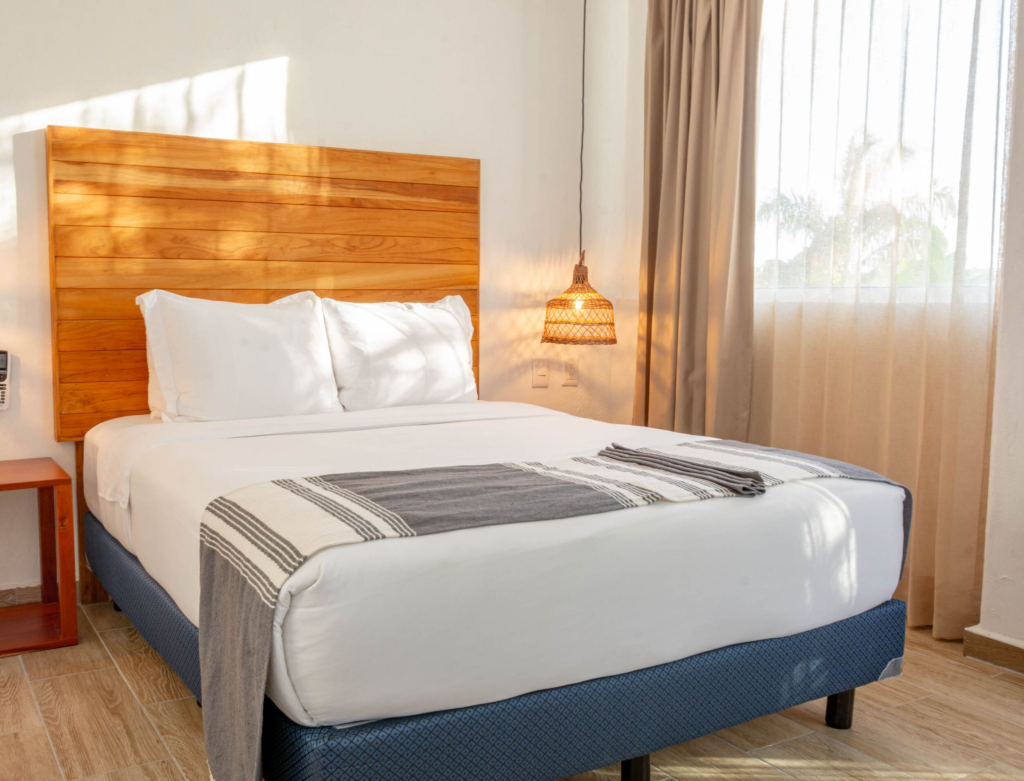
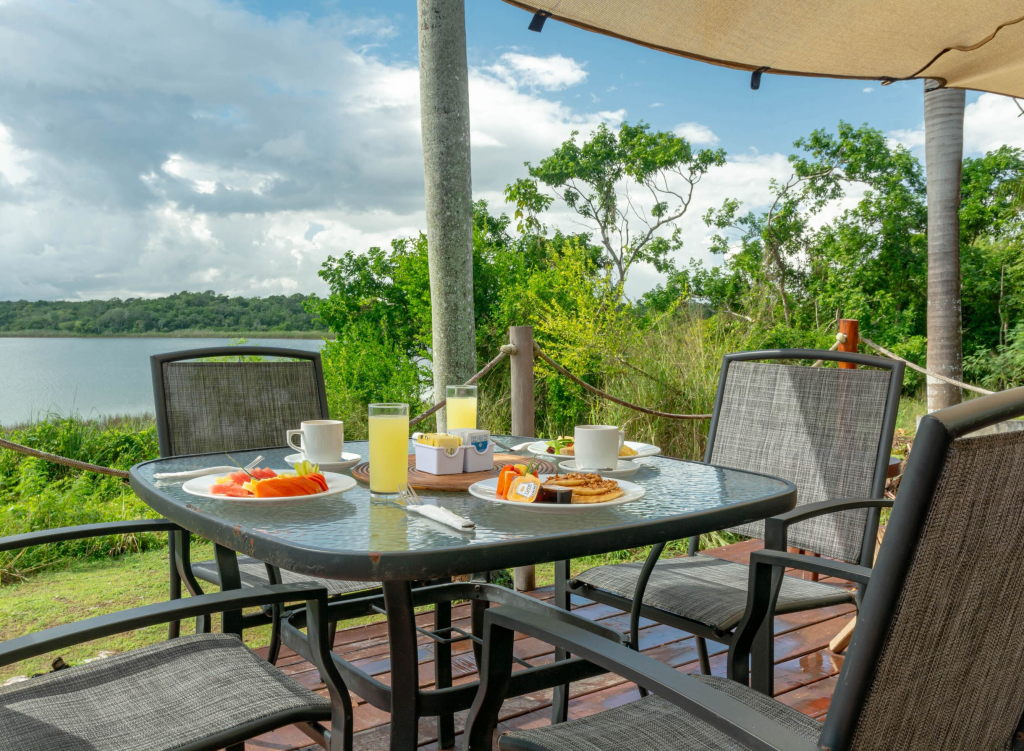
In Valladolid
When staying in Valladolid – one hour from Cobá – I’d recommend you to stay at the Mesón del Marqués.
The rooms at the Mesón del Marqués are spacious. There’s a nice swimming pool & it has an excellent restaurant with many authentic Mexican dishes (Including a wide choice of breakfasts, as well as international plates).

- We personally enjoyed the swimming pool very much. Certainly after several day-trips we made to the surrounding tropical area. Including a Visit to the Maya site of Ek Balam and a trip to the Pink Lagoon of Las Coloradas, spotting – amongst others – several crocodiles & many flamingos.
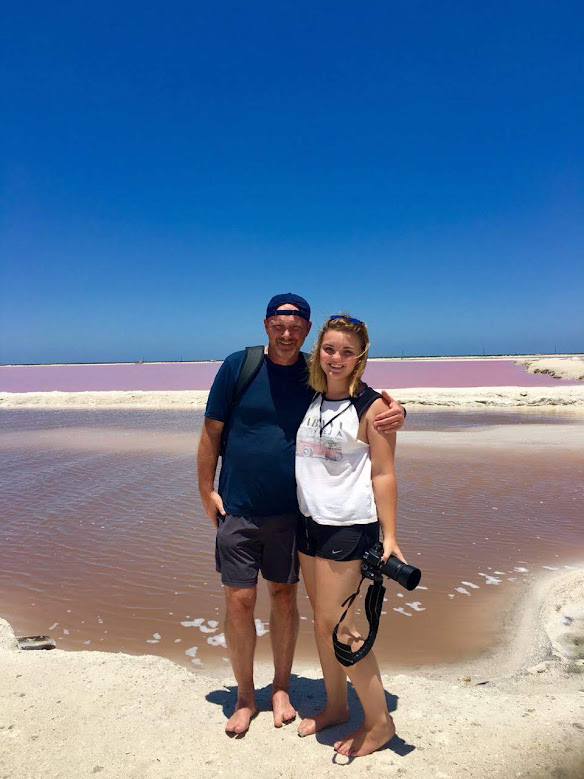
In Tulum
When visiting the city from Tulum – 45 minutes from Cobá – there are many options to stay. Since we first visited Tulum in 1992 this city has grown enormously. Almost too fast. So there are many hotels to choose from.
The last time we stayed at the Kaab Tulum, which is located very close to the city center, a nice swimming pool, perfect spacious, clean rooms & one of the – if not the – best restaurants in town with delicious food.
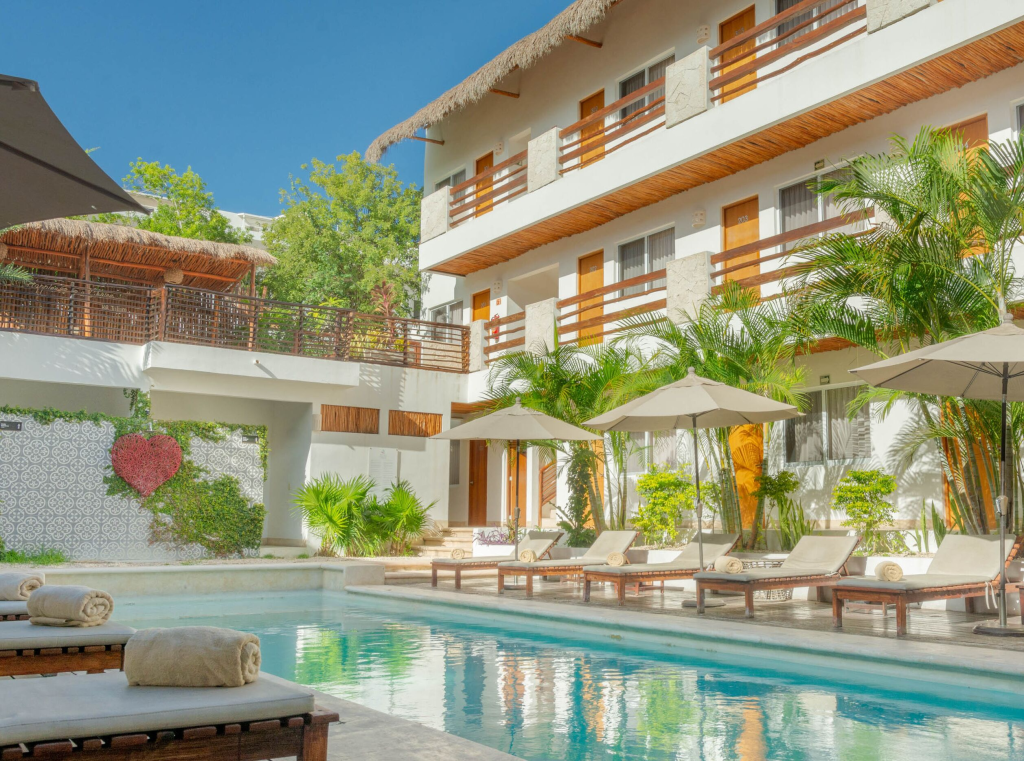
In Cancún
And finally, Cancún. Like Tulum, a booming place full of hotels & restaurants.
We didn’t stay in a hotel in the city itself, but opted for one closest to the International Airport- The Hilton Garden Inn Cancún. A perfect place when you just arrived or are heading out soon, and – like us – had a flight in the middle of the night.
- You can literally walk from the Hilton Garden Inn to the Airport (That is, Terminal 2) in 6-8 minutes. We didn’t – because there was a free shuttle – but it’s possible.
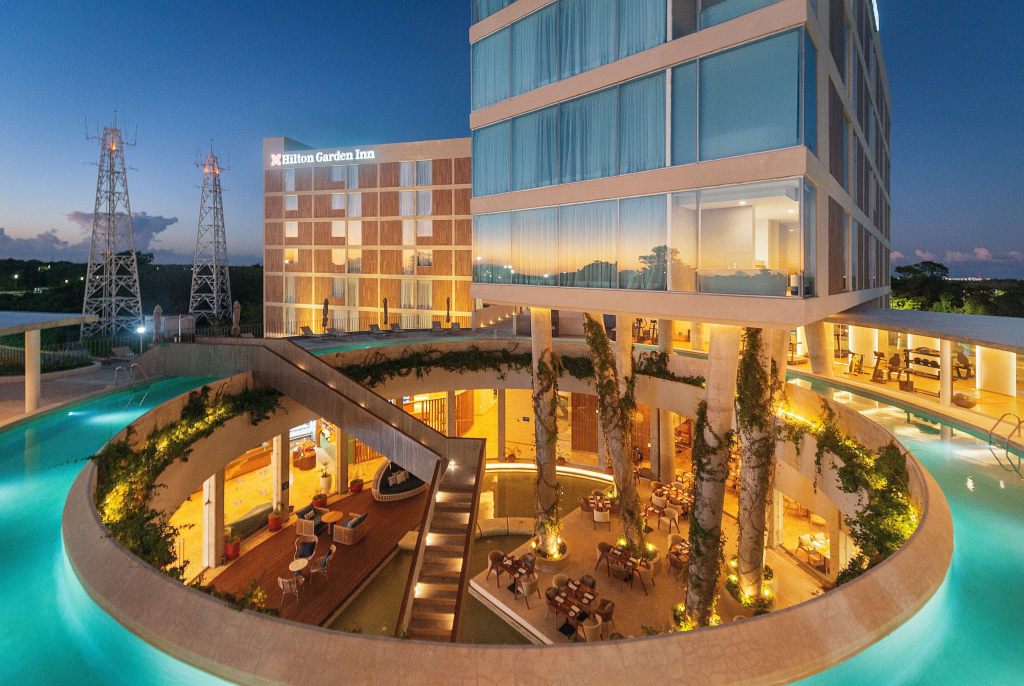
Visit Cobá – Where to eat?
Outside of Cobá, on the entrance road, there are several inviting restaurants. Some of them are clearly chosen by the bigger tour agencies & for that reason probably good enough.
However when we entered the area the first restaurant we spotted on the right hand side looked the most inviting to us – La Casa de los Gorditos. Mainly because it stated that it offered “Tortillas a mano“…that is, handmade tortillas.
Enough reason for us to visit them, after exploring the Maya site of Cobá.
Besides fresh handmade tortillas, really everything we tried was just heavenly delicious. The real deal. Authentic. The “Cochinita Pibil” was just the best, prepared as the Mayans used to prepare it for centuries… in the ground. And that with freshly prepared tortillas…..
We enjoyed this meal so much we planned to visit them again one of the following days. As we did, combining it with another visit to one the cenotes near the Maya site of Cobá.
Highly recommended!




Visit to “La Casa de los Gorditos”, best restaurant near the Maya site of Cobá, Yucatán, México.
Last Photo Impressions of Cobá
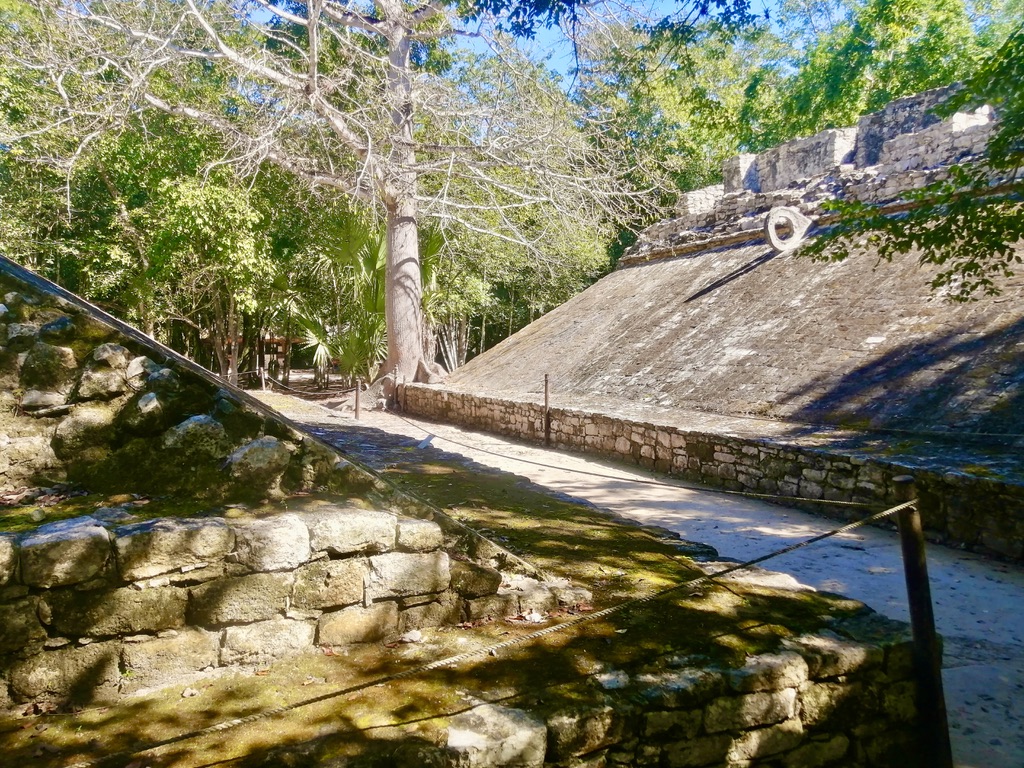
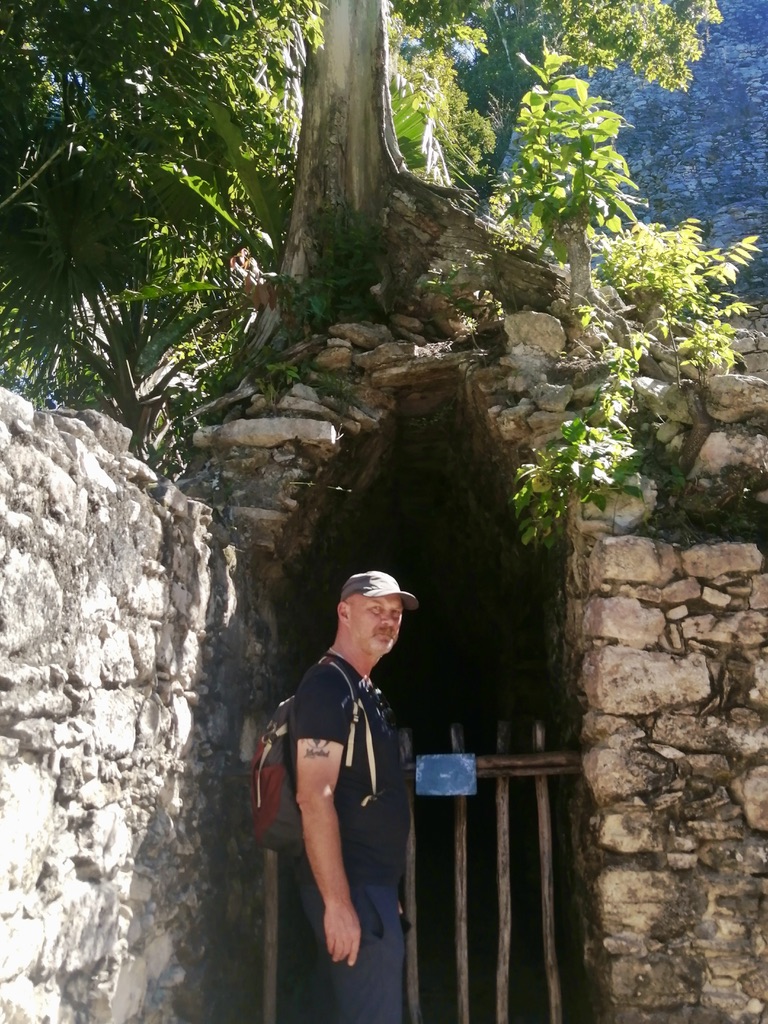
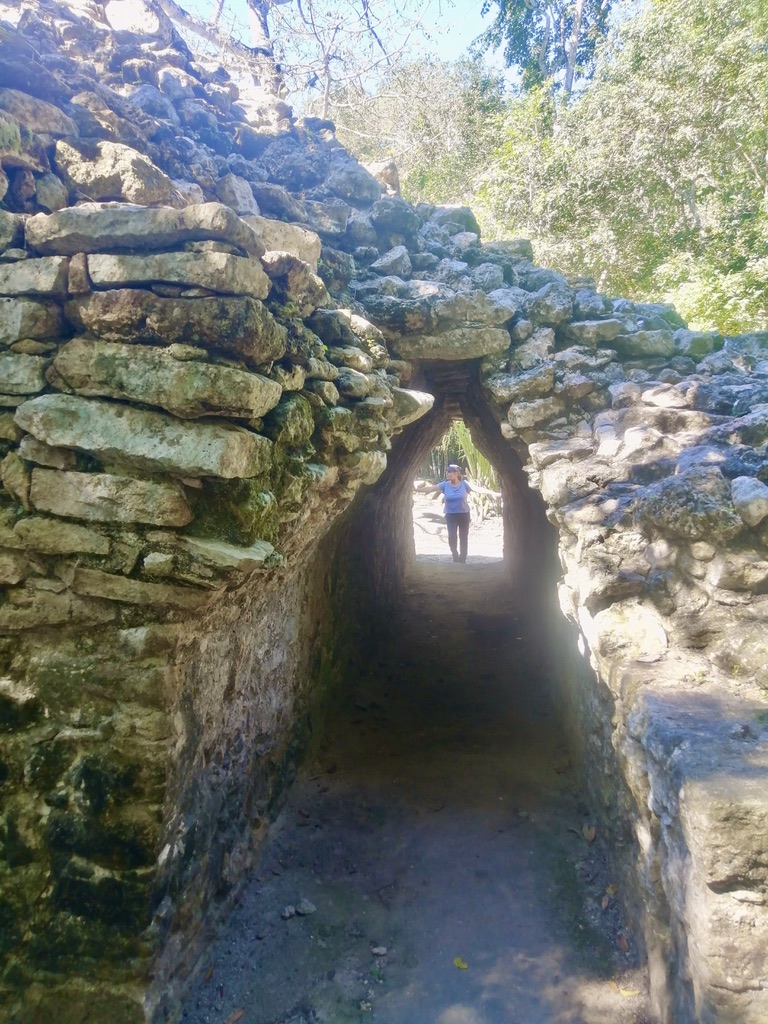
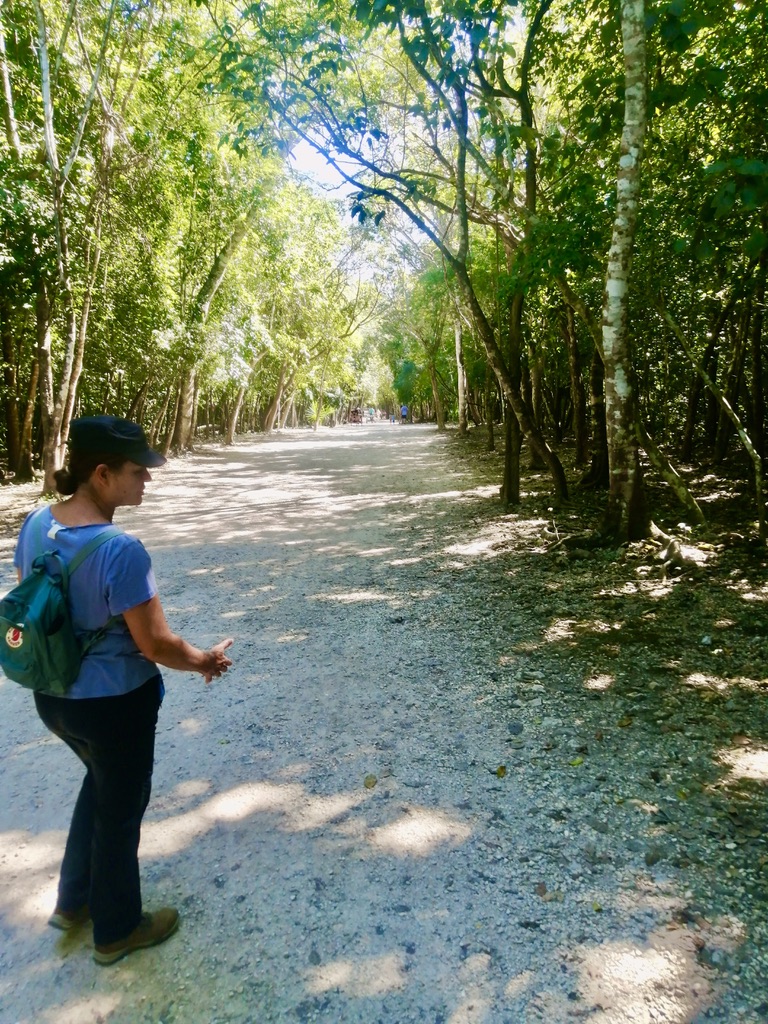
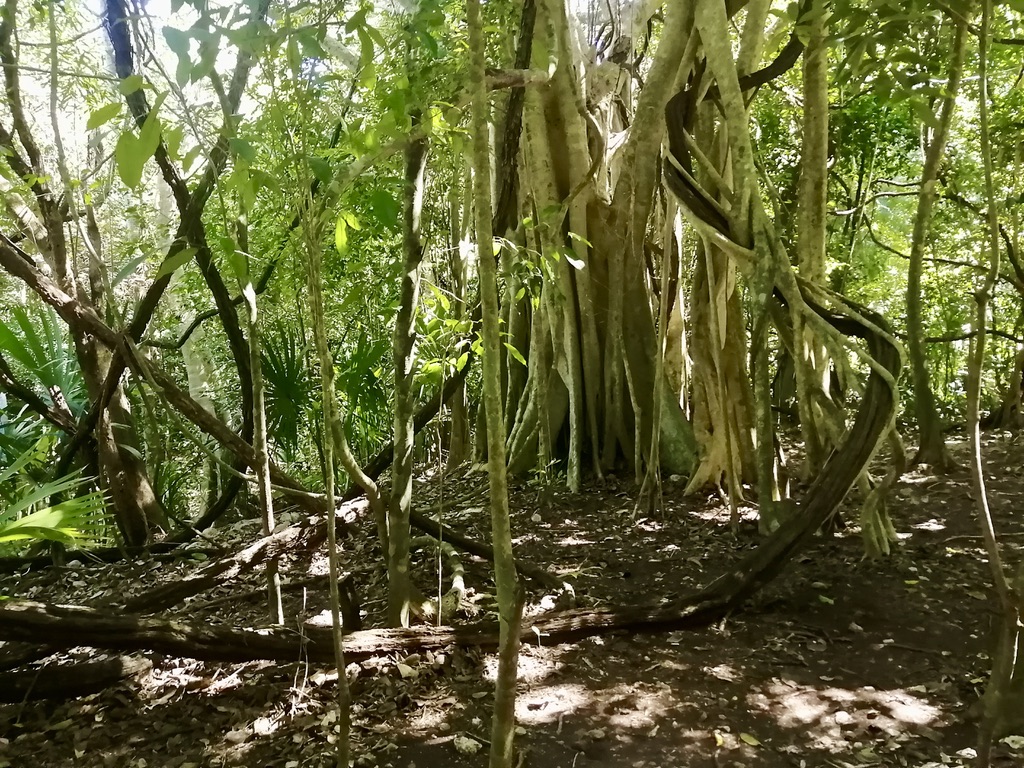
Overview of My Top #15 Maya sites
When interested click on their name to go to the respective post:
- 1. Copán, Honduras
- 2. Yaxchilán & Bonampak, Chiapas, México
- 3. Tikal, Guatemala
- 4. Palenque, Chiapas, México
- 5. Quiriguá, Guatemala
- 6. Kabah & Labná, Yucatán, México
- 7. Ek Balam, Yucatán, México
- 8. Yaxhá, Guatemala
- 9. Uxmal, Yucatán, México
- 10. Toniná, Chiapas, México
- 11. Cobá, Yucatán, México
- 12. Chichén Itzá, Yucatán, México
- 13. Tulum, Yucatán, México
- 14. Calakmul, Yucatán, México (under construction)
- 15. Muyil, Yucatán, México (under construction)
For a complete overview of all my personal favourites in one single post, go to: Top #15 Maya-sites
For an overview of all travel posts of my blog, go to: TravelArtWay’s Home Page
- Final message, for fellow travel writers & bloggers: TravelPayOuts is a global integrated affiliate program focused exclusively on travel offers. If it works for me, it will probably work for you too: TravelPayOuts.
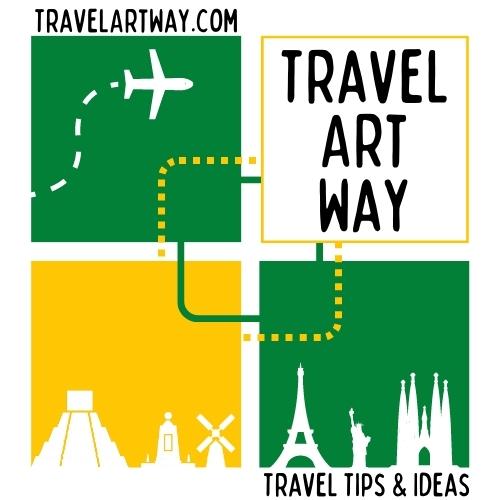

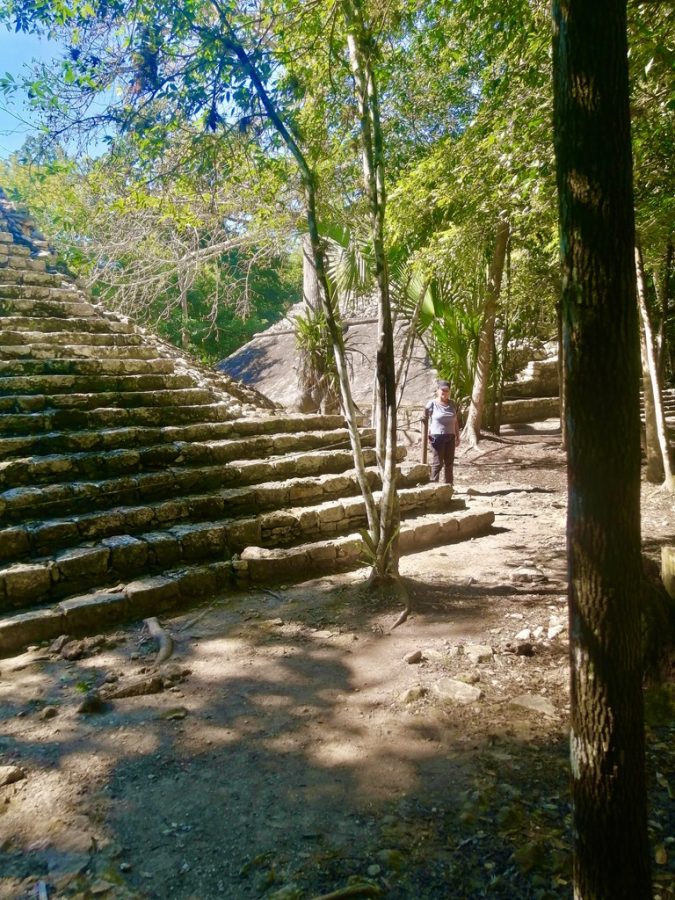
Comments
One response to “The best Tips & Ideas for a visit to Cobá, Yucatán”
[…] The Best Maya cities to visit: at #11, Cobá, Yucatán […]